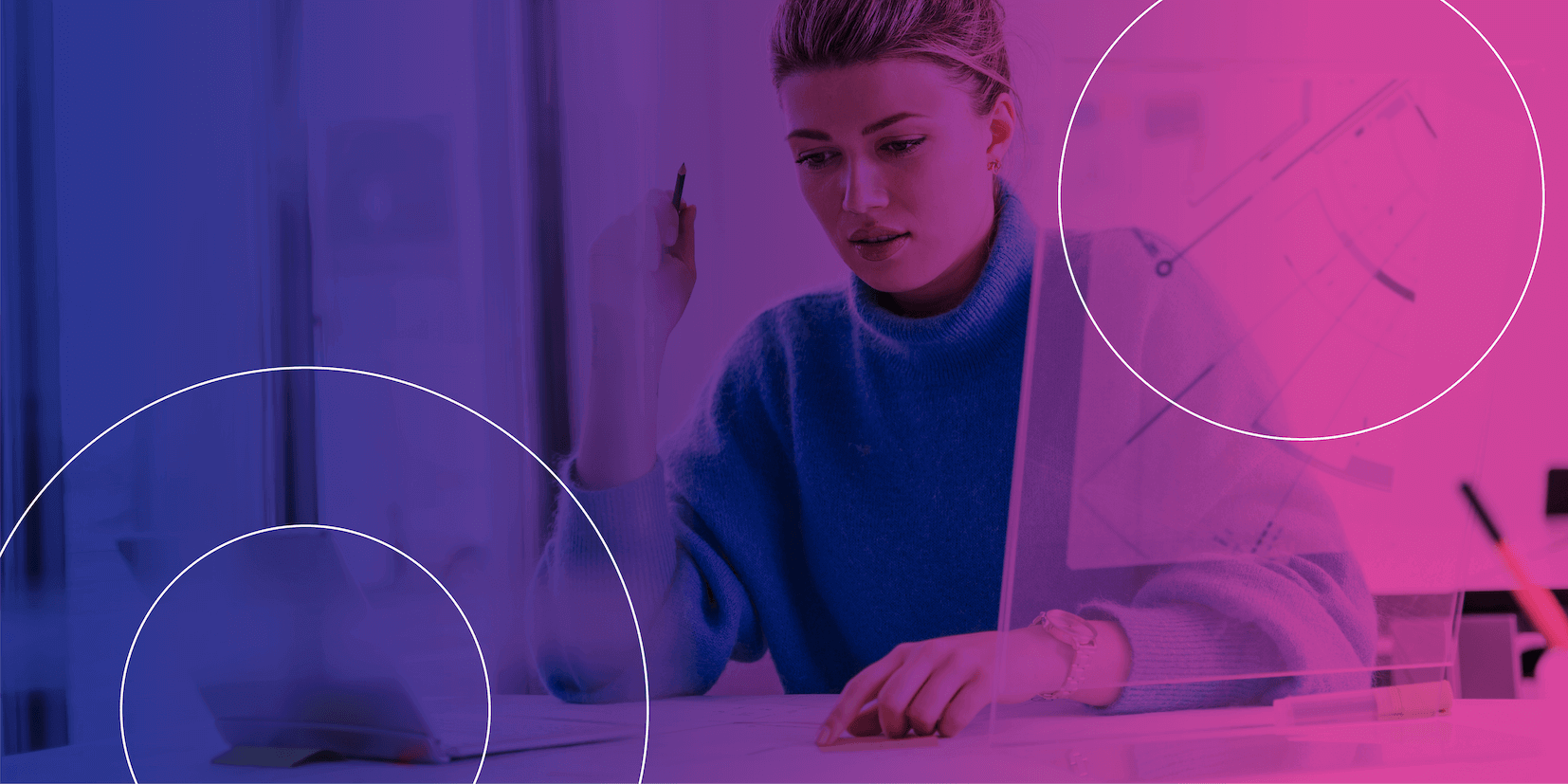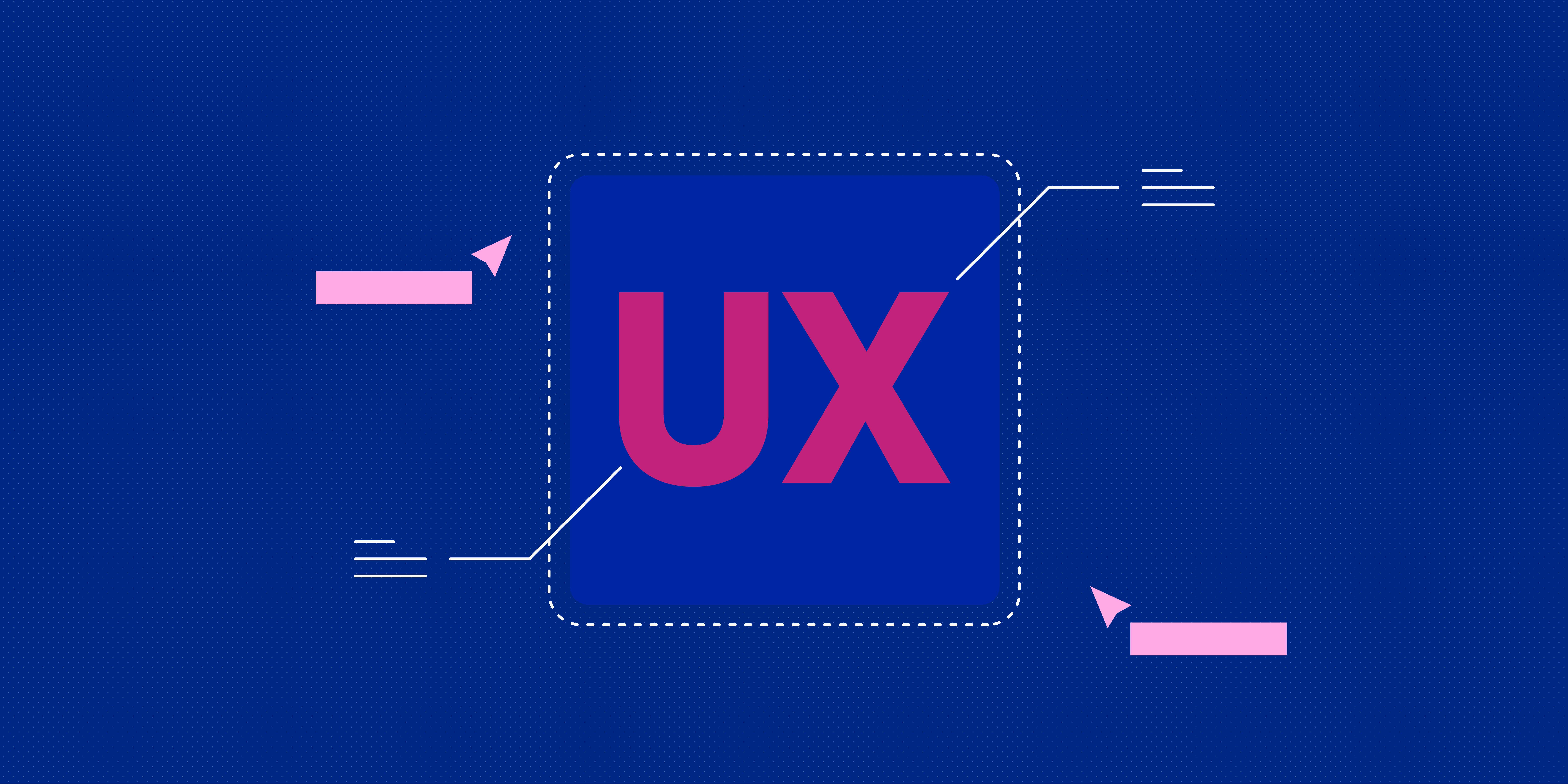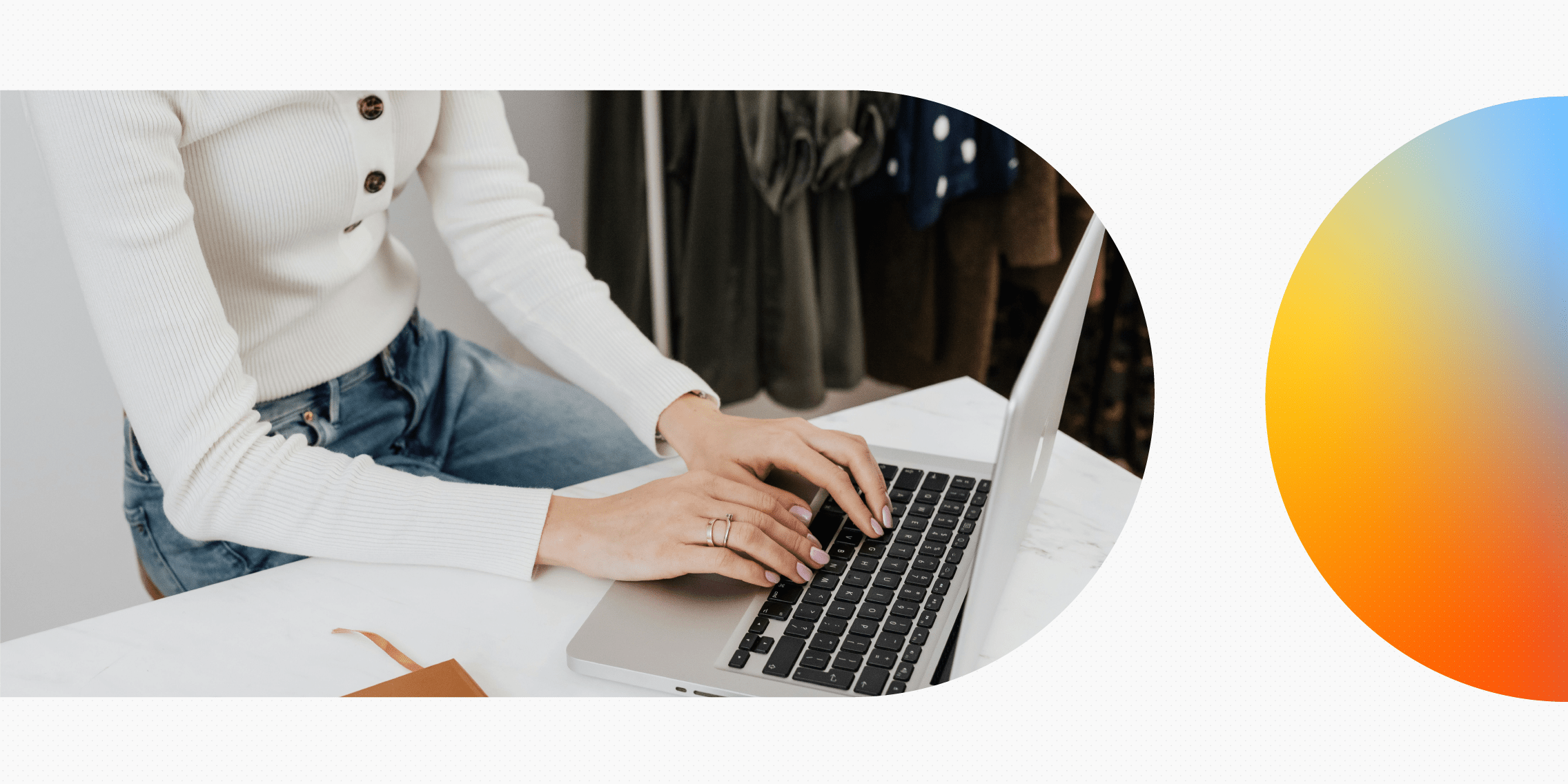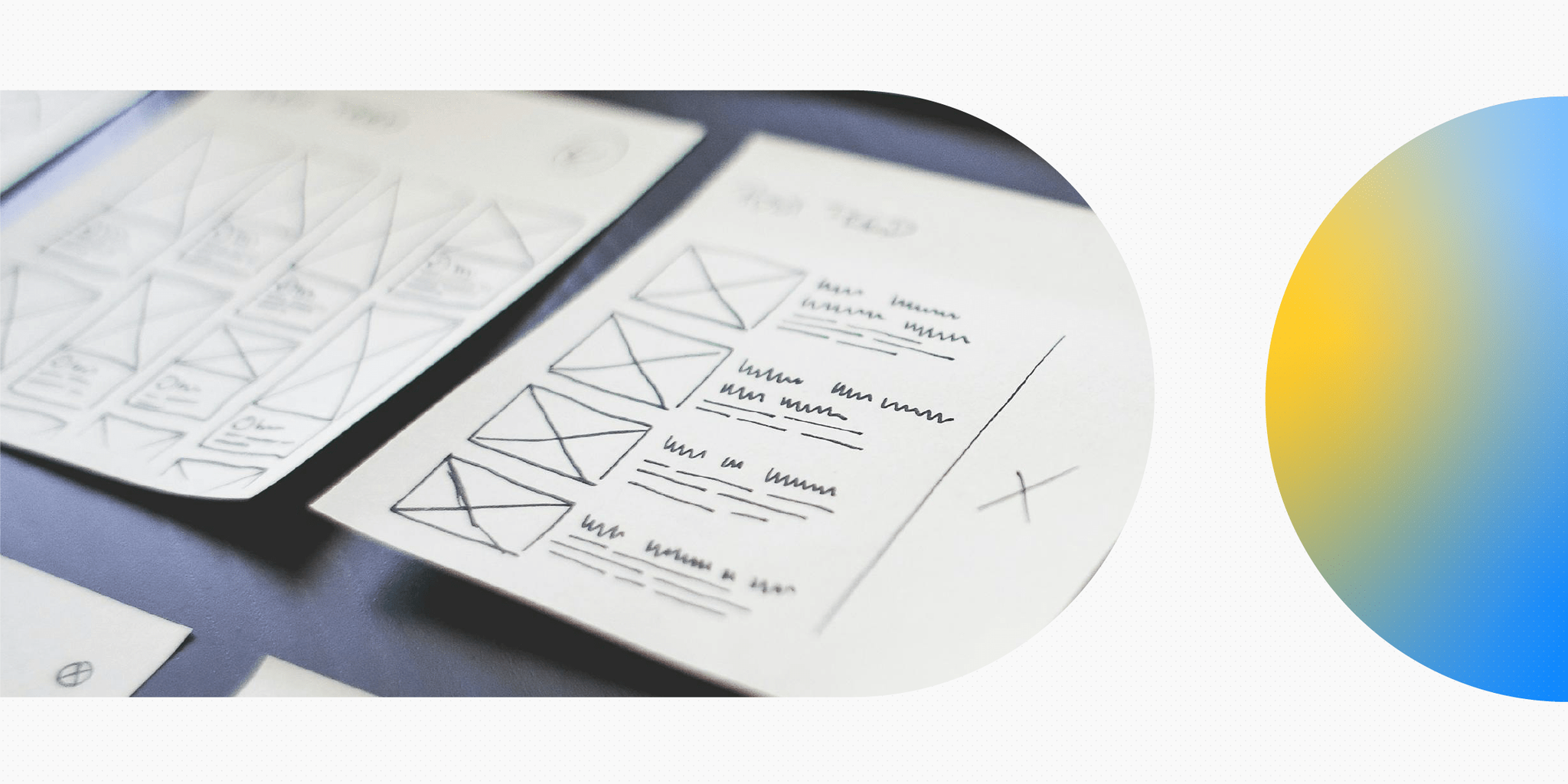You’ve just landed a job in the UX field as a junior UX designer. Congratulations! You’re probably wondering what your first day, your first week and the job as a whole will be like.
Your responsibilities will vary depending on the size of the company you’re working for but this post will give you an overview of what’s expected of you, no matter where you work.
Here’s what we’ll cover:
- Skills you’ll use as a junior UX designer
- Tasks and responsibilities of a junior UX designer
- Average salaries for a junior UX designer
- When should you move on from a junior position?
Skills you’ll use as a junior UX designer
As a junior UX designer, you won’t be expected to know each and every aspect of what the job entails. But you will be expected to have some basic skills, which you should be familiar with from your UX design courses.
You will be expected to understand the basics of design thinking and the UX design process from beginning to end. Plus, you’ll be expected to have a general understanding of how to contribute to each phase of the design process from research to prototyping.
Of course, the team you’ll be joining may be in the middle of a project when you’re hired. If this is the case, you’ll be expected to be familiar enough with the design process to understand what project tasks have already been taken care of, like user research and requirements gathering, and what tasks still need to be accomplished, like wireframing and prototyping.
No matter what project you join and what stage it’s at, you’ll be expected to be able to understand the scope and requirements quickly and then be able to take direction from senior designers. This is likely to consist of translating requirements into design deliverables.
To do so, you’ll also be expected to know how to use design tools such as Figma, Sketch, Miro, Omnigraffle or Adobe CS. You may also need to be able to host presentations using PowerPoint or Keynote or create user surveys with a tool like Qualtrics.
Keep in mind that different companies rely on different tools, so you could be hired somewhere that uses tools you have minimal or no experience with – and that’s okay! At most companies, your manager will be willing to provide a tutorial so you can quickly acquire the fundamentals. There are also plenty of guides online that will help you improve further.
One way or another, don’t let this part of the job intimidate you. Even if you aren’t familiar with them on your first day, you’ll quickly learn to utilise whatever tools you need and soon it’ll be like second nature.
As a junior UX designer, you’ll also be expected to have a variety of transferrable soft skills, including the ability to accept feedback, collaborate with the rest of the UX team and manage deadlines.
One of the most important skills you can have as a junior UX designer is the ability to be curious and to ask questions. Don’t be afraid to ask for clarity when you need it and to use the opportunity to learn as much as possible from more senior designers.
Tasks and responsibilities of a junior UX designer
The tasks and responsibilities you will have as a junior UX designer will vary to some degree based on where you work. For example, if you work at a company with a dedicated UX research team, you may not perform any user research.
On the other hand, if you work at a small startup where you’re one of only two or three UX designers, you may find you are responsible for large parts of a project.
In most cases, junior UX designers can be in charge of producing many of a project’s design deliverables. You will likely collaborate with the rest of the team on the design strategy and solving the top-level problems of the user experience but the UX lead will make the final call on the project’s overall design direction.
Once that direction is solidified, you’ll create some or all of the wireframes, user flows and other deliverables that will help explain that user experience.
Depending on what the project is, you may also be given a small piece to own from start to finish. For example, if your team is working on a large e-commerce website, you might be asked to design the UX for the shopping cart.
As you become more accustomed to the company’s workflow, you’ll contribute more ideas at strategy meetings and will become more comfortable with the tasks you’re given. This will result in you being given bigger pieces of a project to own. But remember: this won’t happen all at once.
When you start as a junior UX designer, you may be asked to present parts of a project to clients, stakeholders or other members of your team. These are fantastic opportunities to practice communicating your design vision and thought process in a way that non-UX designers will understand and appreciate.
Presenting is a skill you will increasingly rely on as you move up the UX career ladder, so any opportunity to do it is valuable as it will help you improve. One of the great things about being a junior UX designer is just how much you can learn on the job.
Average salaries for a junior UX designer
UX design is an in-demand field, which means you can expect a generous salary as a junior UX designer.
Here are our estimates for average junior UX designer salaries in 2022:
| Ireland | UK | USA |
| €41,000- €53,000 | £34,000- £47,000 | $89,000-$121,000 |
Your salary will depend partially on the city or town you’re working in and what kind of company you’re working for, so the examples above are a guide.
When should you move on from a junior position?
There is no definitive timeline for when to expect to be promoted from a junior to mid-level UX designer. If you’re at a company that doesn’t give you a great deal of responsibility, you may find the timeframe is much longer than at a smaller firm where your skills are utilised more.
You may also find that you feel you need more time to nurture and grow your skills before you take on the responsibilities of a mid-level role. On average, though, you should expect to be in a junior position for approximately two to three years.
You’ll know it’s time to move on when you’re comfortable with taking ownership of increasingly large parts of projects or when you’ve starting leading small projects on your own, if you feel you’ve mastered skills like wireframing and prototyping.
If you’ve become comfortable articulating your design solutions to team members, stakeholders and clients in presentations, you will know that it’s time to move on.
If you feel you’re at this stage, it may be time to speak with your manager about the potential for promotion or start looking for a more senior position at a new company.
Remember, everyone’s career path in UX will be a little bit different, but this information should give you an idea of approximately what to expect. From the skills you’ll use, the responsibilities you’ll have and the salary you can expect.
Different companies will work differently, but no matter where you are, you’ll probably find you have a lot to learn. Keep an open mind and don’t be afraid to ask questions; it’ll make you a stronger, more successful UX designer as you move forward in your career.





